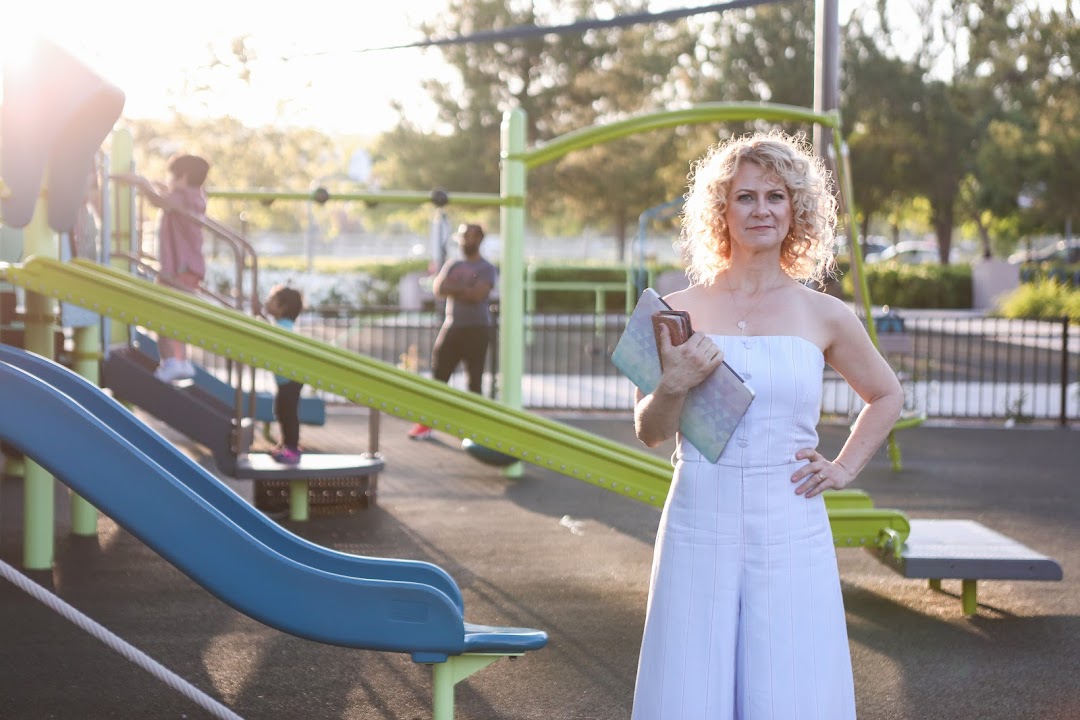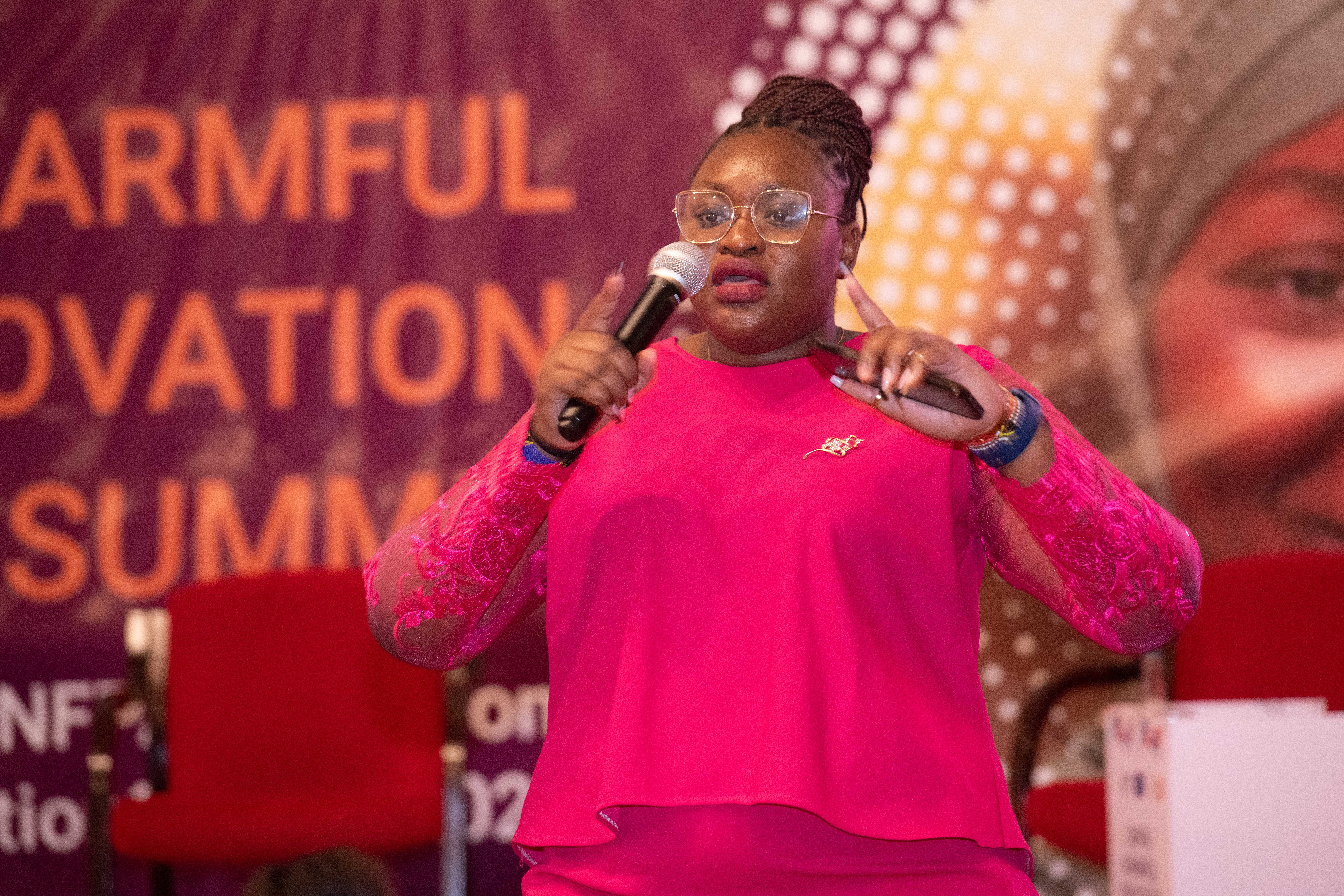“Disability is my superpower!”
Ami Ireland thought her hearing difficulties were just the remnants of a cold. At the time, she didn’t know this was the first in a series of symptoms that would leave her with permanent disabilities and change her life forever.
A few months later, another symptom materialised. “I woke up one morning with blurry central vision,” she says in her blog, Undercover Superhero. The 22-year-old shrugged it off and headed to her job at a charity shop, but something was off. “I had to rely on my peripheral vision (side vision) which was really difficult…I couldn’t walk at my normal pace without feeling like I was tipping over.”
Things deteriorated rapidly, and within six months, Ami was struggling to walk. “I couldn’t do anything myself. I couldn’t go to the toilet without assistance or use a shower. I could no longer hold a cup without dropping it or spilling the drink,” she recalls. Eventually, Ami reached the point where she had to rely on a wheelchair for mobility.
Meanwhile, she had lost count of the medical technologies being used to investigate her illness and seek a diagnosis. These included blood tests, ultrasounds to look at her internal organs, electrocardiograms to check her heart’s rhythm and electrical activity, eye tests which confirmed that her optic nerve was severely damaged, and hearing tests that verified major hearing loss in both ears. However, the cause remained a mystery.
After nearly a year, Ami underwent a thorough neurological investigation. Electrodiagnostic tests measured the electrical activity of her muscles and nerves, a lumbar puncture (spinal tap) was done to remove cerebrospinal fluid for analysis, and magnetic resonance imaging scans took images of her brain and spine. These and other tests revealed that Ami had severe nerve damage as well as a rare neurological condition called Ataxia that affects co-ordination, balance, vision and speech.
“At the time, I felt relieved because I finally had some answers. Upset because I didn’t know what the future would hold. Worried because I thought Ataxia would control and determine my future,” she tells This Is MedTech.
Days later, Ami contracted pneumonia and was rushed to a Critical Care facility where a ventilator did her breathing for her. It took nine months for her to recover and learn how to walk – and live – again. “Whilst I was an in-patient at a specialist neurological rehabilitation centre, I received intensive physiotherapy and occupational therapy, and they helped me to regain my independence and mobility,” she explains. “Now, I can mostly manage my disabilities and still make the best of my life.”
It’s been two years since her diagnosis. Ami has since married the love of her life and is on a mission to help others. “When I realised how rare some of my disabilities and illnesses are, I wanted to talk more about them. Raising awareness is my passion and I plan to continue doing so for the rest of my life. Disability is my superpower!” says the avid fan of superheroes.
Over one billion people, or approximately 15% of the world’s population, live with some form of disability. International Day of Persons with Disabilities aims to promote the rights and well-being of people with disabilities and to increase awareness of their situation.






